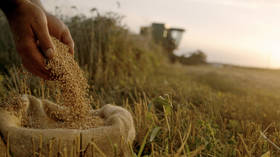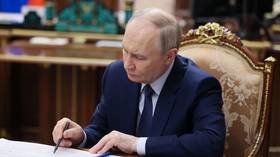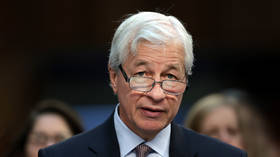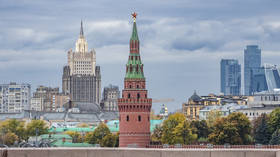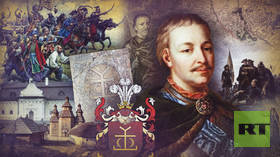Grain from Ukraine went to pigs in Spain – report
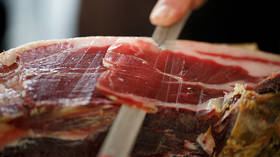
Almost half of all Ukrainian wheat and corn exports to the EU ended up feeding pigs in Spain to produce the world-famous, and very expensive, jamon, according to an investigation by Austrian outlet eXXpress. The bloc ended up accounting for most of Kiev’s grain exports, even though the opening of the Black Sea corridor was advertised as a way to feed Africa and Asia.
An estimated 2.9 million tons of wheat and corn from Ukraine ended up in Spain, where it was used as animal feed, the Austrian outlet said on Monday. According to eXXpress, only 15% of the exports ended up in the countries at risk of famine, including 167,000 tons in Ethiopia and 65,000 tons in Sudan.
“Spain paid more money – and Ukraine delivered,” the outlet said.
After months of Kiev and its Western backers accusing Russia of “blockading” the Ukrainian ports, the UN and Türkiye negotiated an arrangement for exporting grain from both Ukraine and Russia, via special corridors in the Black Sea. The “grain deal” announced in August last year was presented as a way to avoid famine in parts of Africa and Asia, dependent on imports from Russia and Ukraine that were disrupted by both the conflict and Western sanctions.
From the very beginning, however, things did not go as advertised. The grain from Ukraine turned out to be animal feed, and was shipped mainly to European ports and Türkiye. By December, Russian officials were saying that 6.4 million tons of Ukrainian grain had been exported to the EU, of which 43% was corn and 29% wheat.
Moscow is not happy with the grain deal, either, as the mechanism that envisioned lifting restrictions on Russian grain and fertilizer exports has simply been ignored by the West. The US and its allies say they never sanctioned these products. While that is technically true, their embargo has banned all Russian ships from docking in their ports, or accessing insurance and brokerage services, in effect imposing a total blockade on commercial shipping.
Spanish jamon is touted as “the finest ham in the world,” commanding premium prices on the export market. The most expensive variety, Jamon Iberico de Bellota, comes from free-range pigs that feed on acorns. The vast majority of pigs, however, are raised on industrial farms on corn-based feed.
Seeking to bolster the government in Kiev, the EU had also suspended all tariffs and taxes on Ukrainian agricultural goods. The temporary arrangement was rolled out in May 2022 and is due to expire in June this year. Poland, Hungary and Romania – all of which border Ukraine – are reportedly lobbying against extending the deal, complaining that it has “disrupted competitiveness in the region” and flooded their markets with cheap Ukrainian goods.
